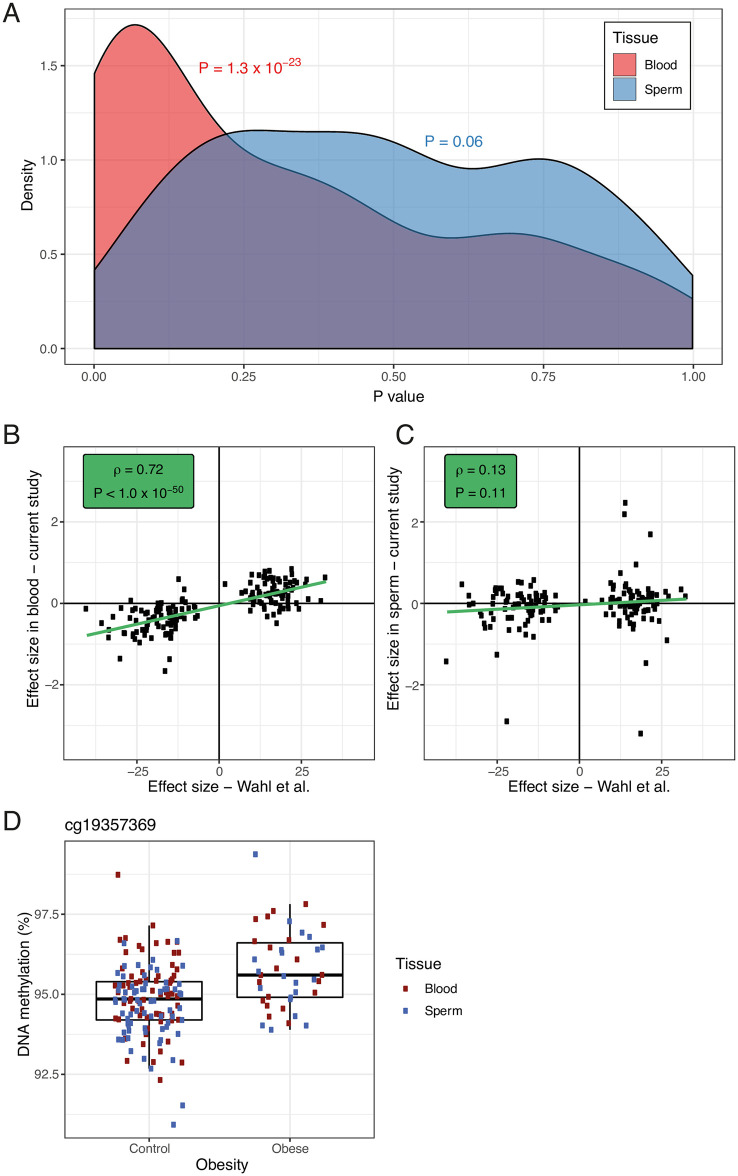Fig 6. Obesity associated DNA methylation patterns in whole blood and sperm.
Out of all replicated CpG sites reported to be associated with BMI by Wahl et al. (P < 1.0 × 10−7), 187 were also present in our replication group of lean and obese men. We regressed BMI onto DNA methylation in each tissue, controlling for estimated blood cell types in the blood analysis to match the analysis used by Wahl and colleagues. (A) Lower-ranked P values were found to be enriched amongst these 187 sites in blood (P < 1.3 × 10−23, Fisher’s exact test) but not sperm (P = 0.06). (B) Effect sizes at the 187 probes were significantly correlated between our blood data and the summary statistics published by Wahl and colleagues (ρ = 0.72, P < 1.0 × 10−50, Spearman’s rank correlation). (C) No such correlation was observed for our sperm data (ρ = 0.13, P = 0.11). (D) In a linear mixed effects model across the discovery and replication datasets, DNA methylation was regressed onto tissue (blood versus sperm), age, batch and obesity status, while controlling for interindividual variation. This analysis identified significant hypermethylation at one CpG site, cg19357369 (chr4:2429884), in obese compared to lean men across the two tissues (2% higher DNA methylation, P = 8.95 × 10−8).

